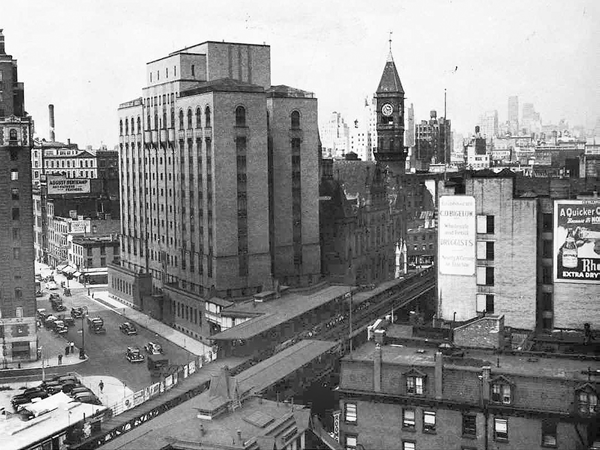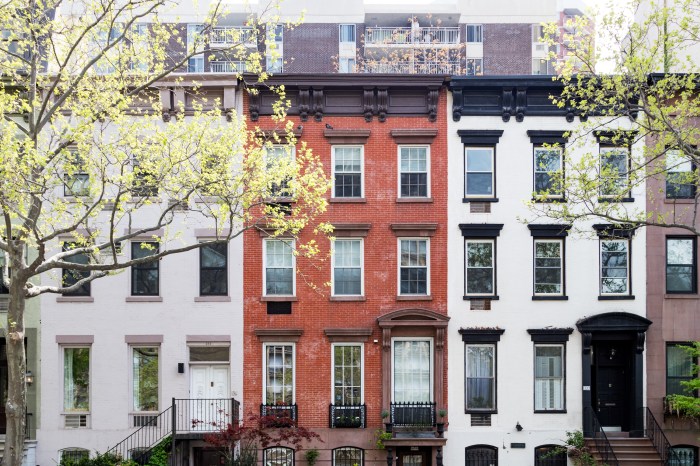
BY YANNIC RACK | Strolling through Jefferson Market Garden today, you would be forgiven to be oblivious to the history of this lush oasis in the heart of the Village — but the site once served a very different purpose.
“The Women’s House of Detention […] is again the object of criticism and attack,” read the front page of The Villager on July 28, 1955, 60 years ago this week.
The spot where Greenwich Ave., W. Eighth and W. Ninth Sts. and Christopher St. converge became home to the soon-to-be infamous women’s prison in 1932 and was engulfed in hullabaloo for years before it was finally demolished in 1974.
This particular article, headlined “Prison Here Too Crowded, State Says,” published the results of an inspection by the State Correction Commission.
The commission found that “459 inmates were jammed into quarters designed to accommodate about 401,” to which the paper added the additional charge that the place was understaffed.
At the time, the prison housed women serving sentences of up to three years, as well as those awaiting trial. Until 1945 the building stood next to the Jefferson Market Courthouse, which exclusively heard cases involving women. Mae West was an early defendant.
The article, published without a byline as was customary in the paper then, mentions some of the commission’s recommendations (including installing beauty parlor equipment “to help keep up the morale of the inmates”), and also describes the day-to-day scenes on the street outside the jail.
According to the article, local organizations lodged complaints with city officials, “concerning repeated acts of disorderly conduct on the part of ‘hangers-on’ who congregate around the women’s prison and shout messages and engage in obscene conversations with inmates, who reply by shouting back from the prison’s barred but open windows.”
Although the jail would be used for almost another 20 years, the article already noted requests by local residents to relocate the prison away from busy “Village Square” to a more appropriate location. (After the demolition of the Sixth Ave. El in 1939, The Villager vigorously advocated for the prominent intersection to be dubbed Village Square, but the name never took hold.)
The opposition to the “House of D” gained traction in later years, when only a small group of residents still fought to save the building for conversion to senior citizen housing.
When Mayor John Lindsay finally sealed the structure’s demise with the ceremonial blow of a sledgehammer in October 1973, he certainly ended a colorful era in the history of the Village.

















